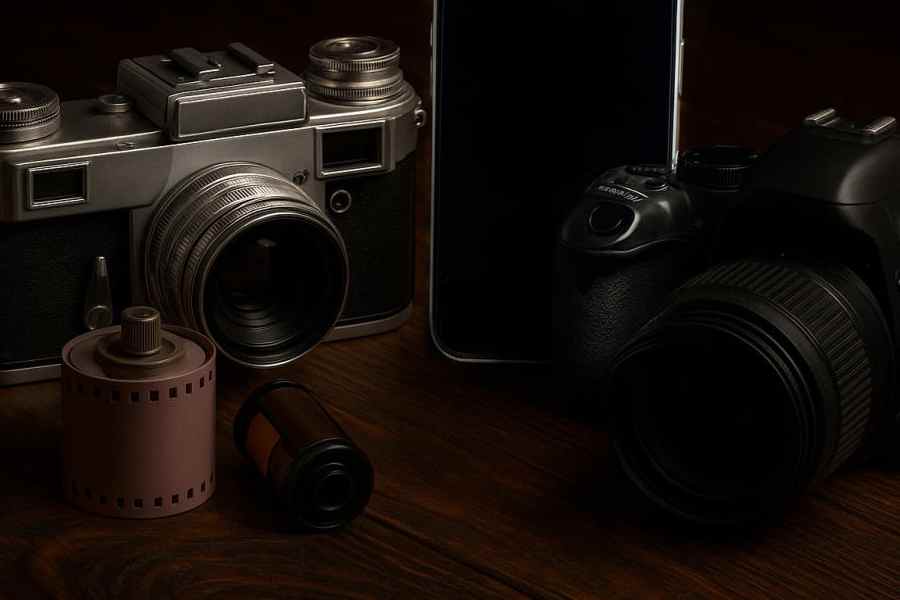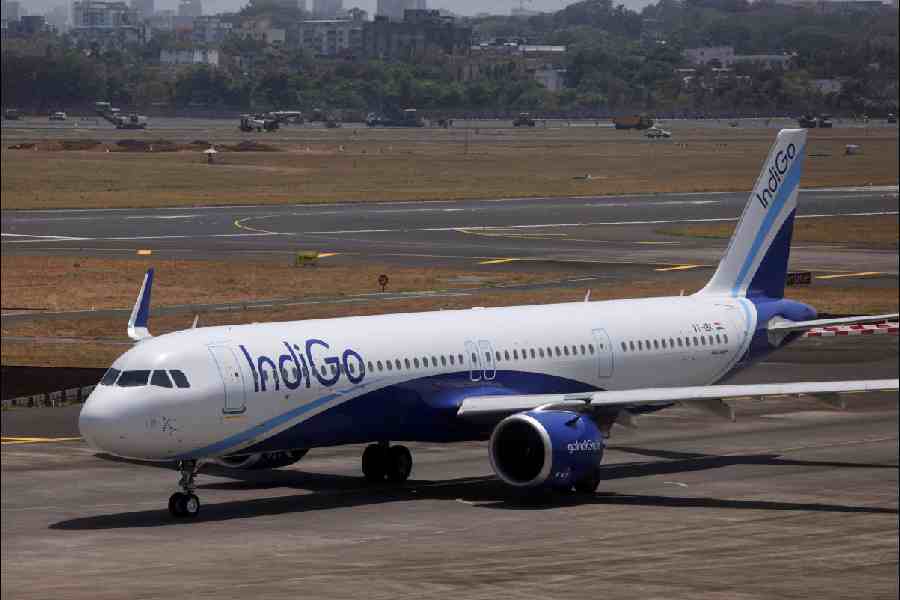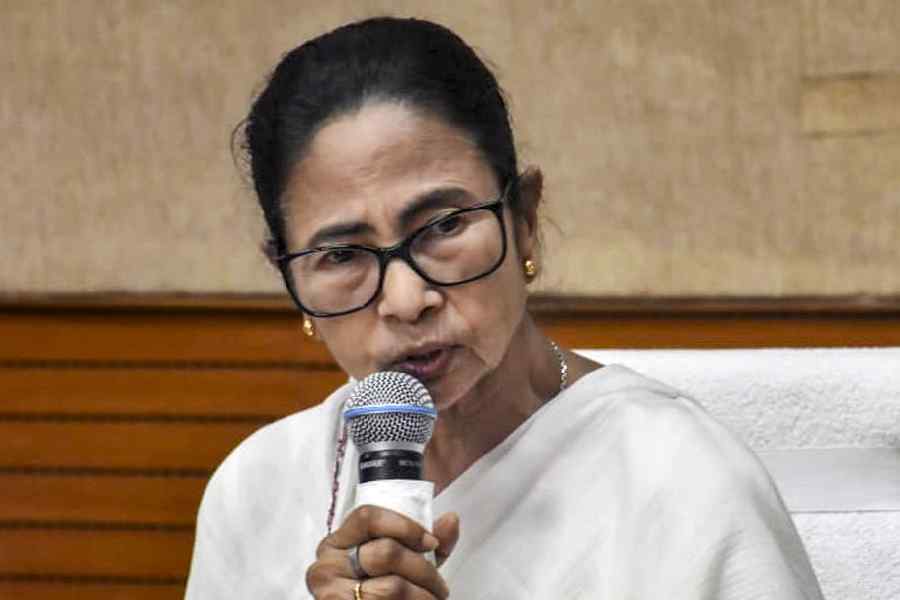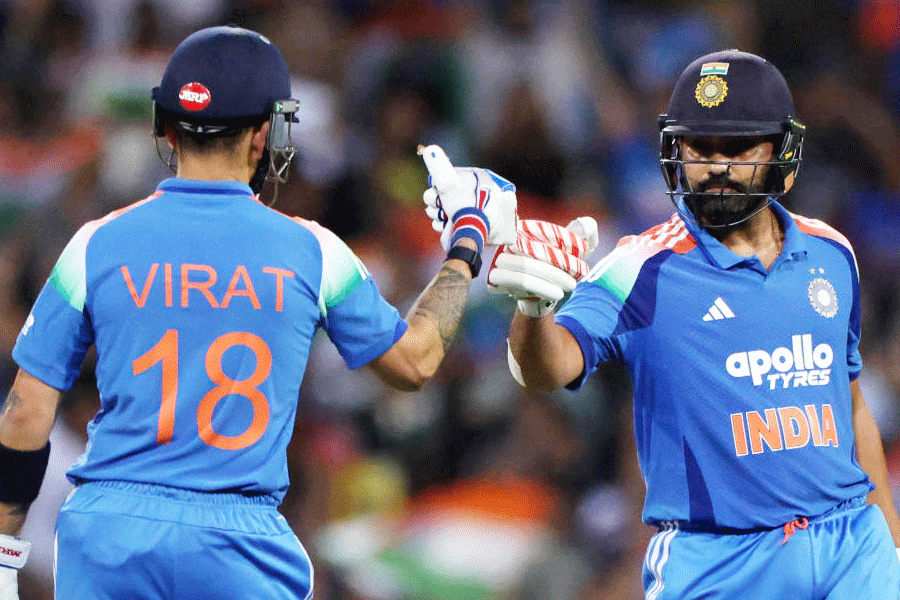The year was 1988. Rajib De was then a first-class cricketer recovering from an injury. “I was visiting a friend’s house who, for some reason, was hidden in a dark room. When I asked what he was up to, he showed me how he was dabbling with some paper in coloured water, washing it, and gradually, magically, I could see my sister’s face emerging faintly and then clearly on that paper,” recalls De.
“At that moment, my life changed direction,” says De, who gave up cricket to become a professional photographer. He worked with newspapers, published international photography books, and is today a resident of CA Block.
De admits this turning point would not have been possible in the era of digital photography, where images appear instantly, but mechanically and soullessly.
Photography was once an art, honed over years of practice. Cameras and film rolls were expensive, each roll allowing just 36 frames. It was a far cry from today, when almost every hand wields a smartphone camera ready to capture moments big, small, insignificant, often to the point of ad nauseam.
Then and now
Sunil Kumar Mukhopadhyay, a New Town BC Block resident and former bureau chief of Press Trust of India, recalls the challenges journalists once faced. “In the late 90s, our photographer and I went to Sabroom on the Tripura border to cover Chakma refugees being repatriated to Bangladesh. It was impossible to file photographs from there, and a road trip to Agartala would take seven to eight hours. I requested the Governor for a seat in his helicopter. Since only one was free, I carried the roll myself. Later, I convinced the minister of state for home to let his secretary carry the roll back to Delhi on a BSF helicopter. That’s how the picture made the front page of several newspapers,” he recounts.
He remembers similar struggles after the 2004 tsunami in Port Blair. “We would request strangers flying back to Calcutta to carry our film roll and telephone the office on reaching home so a colleague could collect it,” he says.
“Photographers today cannot imagine such hardship. They simply transmit pictures instantly on WhatsApp. The next generation has no idea how we operated,” reflects the 67-year-old, who now spends his retirement in New Town, pursuing wildlife photography.
Today, anyone with a smartphone is a potential photographer. “With cameras getting cheaper and phone cameras improving, photography has become a reliable source of income too,” says Raja Chakraborty, an IT professional of BL Block, who is also founder member of Spectrum Photography Club. “Small boutiques shoot their products on phones year-round and share online. For the festive season, when they need more elaborate images, they call a professional.”
Speed and portability have made a world of difference, too. In the film era, people waited days for a studio to develop their photographs. Now, one can reshoot instantly if a picture isn’t perfect.
BC Block resident Sharmistha Mitra does jewellery shoots on her Nikon but doesn’t undermine her phone camera. “A phone cannot give the zoom I need for flying birds, but if my son is doing something cute, I just point and shoot. It captures the moment adequately. I even clicked Kumartuli on my phone while passing through the other day,” she says. “But yes, there were too many photographers swarming the place now that the Pujas are around the corner.”
Shutter bugs
Artisans in Kumartuli indeed voice irritation frequently at the flood of photographers disturbing their work. Meanwhile, parks and cafes are full of youngsters pouting at their phone cameras, flooding social media with countless, near-identical pictures.
A photographer for over 50 years, DA Block’s Abhijit Dutta, says: “At my friend’s daughter’s wedding recently, there were 100 hired photographers and two drones fitted with cameras. It’s great to see them employing so many youths, but there have also been times when I was trying to click something serious and someone thrusts their phone camera in front, blocking my view. I don’t say anything out of respect, but they are casual in their approach. They need to learn a lot.”
Dutta is also surprised that many DSLR (digital single-lens reflex camera) owners rely only on the “auto” mode. “If you stick to auto, your phone camera is enough. If you have bought an advanced camera, tinker with its settings,” he says, adding that perhaps the average photographer in 1985 was far more skilled than one in 2025 as now technology itself can resurrect a bad picture. “But improvement is an unending journey. My thirst for photography was ignited by a single picture of a racehorse decades ago. I still go to the racecourse every January 1, not to bet, but to chase that perfect picture,” says Dutta.
Sounak Banerjee, who calls celebrated photographer Raghu Rai his mentor, started photography 35 years ago. “In those days, neither cameras nor technological knowhow were so readily available. Only people seriously inclined towards the art pursued it. There was neither YouTube nor photography magazines. We were constantly on the lookout for photography books and good mentors, landing up even at newspaper houses to request photojournalists to share tips. Now everyone has taken up photography — even our uncles and aunts — simply because everyone has a camera, including on their phones,” says the resident of Rosedale Garden, in Action Area III.
Banerjee admits to being a tad irritated to see how lightly people take photography now. “The seriousness of pursuing the craft is lost as it is so easy to access. Also, the field is overcrowded and getting filled with garbage. Thanks to social media, there is no quality control. The so-called influencers are rated according to their number of followers, which is a consequence of hype, and not by virtue of the quality of the pictures they take,” he points out.
Banerjee says he is not frustrated by the change but by the fact that people are losing sight of class.
He insists on structured learning as the only way to produce quality output. “It is not enough to learn from YouTube where you can’t even communicate with the instructor. A good mentor will not only teach but also handhold you in correcting your mistakes. And since the online tips are in bits and pieces, there is conflicting information also,” said the award-winning photographer who runs a school in City Centre C Block — the Calcutta School of Contemporary Photography — since 2017.
Not all users of digital cameras have found acceptance either. One woman recalls switching to mobile photography after her small digital camera, a Canon A75, was targeted as an amateur’s kit at an event in the mid-2000s. “A photographer with an old school heavy-duty camera kept shouting at me to ‘put the little camera down’. He shoved me till my camera fell from my hand and broke. It was expensive and I never bought another,” she says.
AI & the future
“AI has now entered photography, doing basic editing on the spot. You don’t even need to dump files on a laptop,” says Chakraborty of Spectrum Photography Club.
At CF Block’s Studio Manorama, partner Dwaipayan Chakraborty adds: “Our family is witness to the evolution of photography. My uncle started his studio in 1927, my father in 1952, and this Salt Lake studio opened in 1981. We are still around only because we adapted to change,” he says.
Manorama is the go-to address now for printouts of passport photos, portraits, maternity, or even funeral pictures, but all are clicked in digital format. “No one brings rolls anymore, but many come to restore old, decayed photos. Earlier, improper chemical washing caused them to yellow over time. Our technicians, like artists, imagine what the missing portions would have been like and correct them, but AI will soon make this faster and more accurate,” he says.
Banerjee, a computer engineer, feels AI is a mark of progress of technology. “AI has not reached the stage for an AI-generated image to be indistinguishable from photography, but it will catch up in another five to six years. “Then it will be a question of honesty. We have to be honest to admit that this is a photograph generated through AI as an expression of my imagination and not clicked. And even AI is not simple. You have to imagine a picture in detail. It is a different art on its own. One will not infringe on the other,” said Banerjee, who also sketches in his spare time.
Old is still gold
Yet, analogue photography lives on. CG Block resident Sarbajoy Paul still develops film rolls in his darkroom at studio Tollygrunge. “It’s a myth that analogue is dead. It’s thriving in Europe and the US, and I alone have over 100 clients pan-India,” says Paul.
A photographer since his school days, Paul had once captured stunning shots of the Victoria Memorial from a tricky angle, but the studio he gave it to stole the negatives. “So in 2015, using my savings and chemistry background, I opened my own lab. Word spread, and soon people brought me their film rolls,” he adds. With the rise of digital photography, film rolls got too costly, so he also innovated by cutting cine (video) reels into affordable 36 exposure (still photo) rolls at a fraction of the price.”
Today, Paul’s studio works with both analogue and digital formats, including high-end archival printing for exhibitions. “The drawback of analogue is the wait, up to 10 days to see the finished photos. The drawback of digital is excess — clicking of thousands of photos, and struggling to select the best. With film, every click costs money, so you end up shooting more consciously,” he says.
Black & white romance
Despite the plethora of colours and filters, the demand for black-and-white photos remains timeless.“Technically, monochrome pictures are sharper, and nostalgia plays a big role. People still want to be clicked as their parents once were,” saysChakraborty of Manorama Studio.
De, the cricketer-turned-photographer, agrees. He still shoots on his analogue Hasselblad camera in 1:3 ratio. “I used digital cameras for office, but when it comes to my own projects, I return to black-and-white film. It’s a love affair I don’t want to end,” says the artist, whose notable work includes a study in contrast between New Town, captured in its development, and Hampi, the Unesco World Heritage Site in Karnataka, captured in its beautiful decline.
His process is a testament to his dedication. De couriers his film rolls to Delhi for processing. The lab returns the pictures, from which he selects his favourites. He then sends these chosen images back to the lab, which provides him with high-resolution scans of the negatives. “With digital files, there’s always the risk of a hard drive crashing,” he says. “But film negatives stay with you. In an era of instant gratification, I savour the slow back-and-forth wait. It’s a romance — like visiting a beloved, each time in a different light.”
Write to saltlake@abp.in











